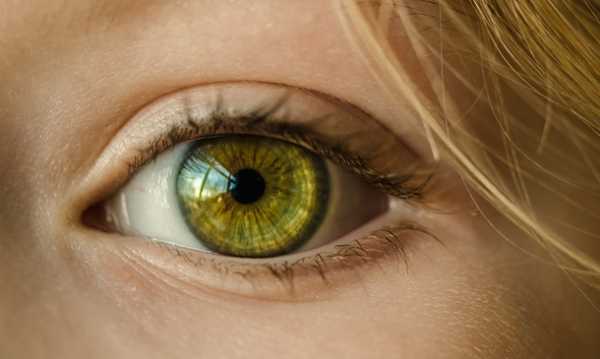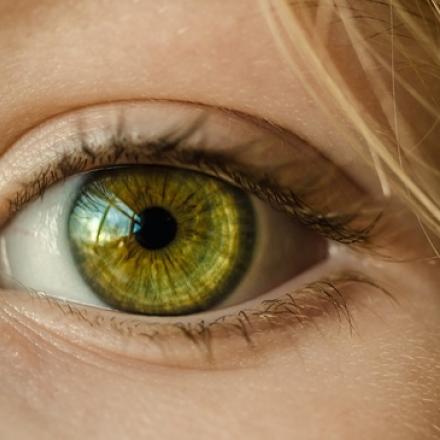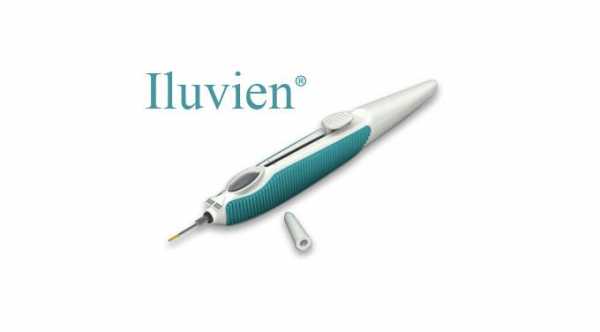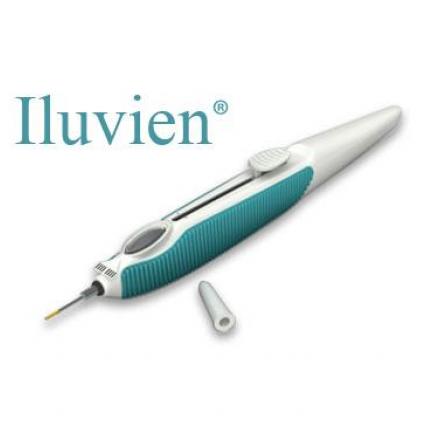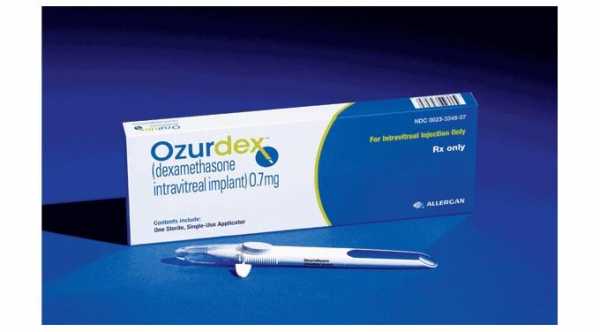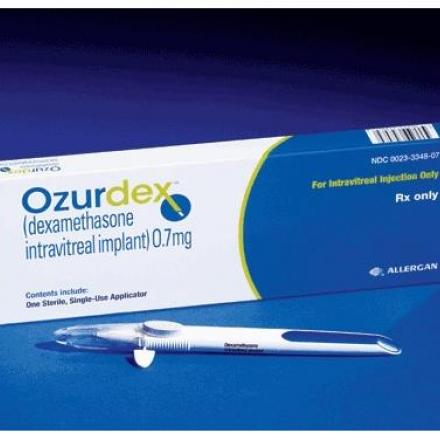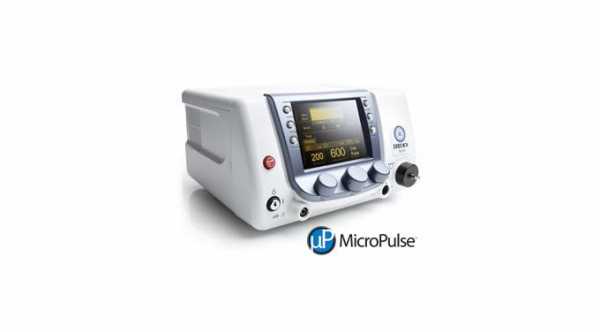
Micropulse Laser Treatment
A prospective study was performed at the University of Padova in Padua, Italy, on randomized 62 eyes with clinically significant macular diabetic edema.
These eyes were treated either with a subthreshold MicroPulse laser treatment with the IRIDEX OcuLight SLx laser photocoagulator or the ETDRS (Early Treatment of Diabetic Retinopathy Study ) photocoagulation protocol with an argon laser photocoagulation.
One year later, there were no significant differences between both group in which both of them showed a significant improvement on central retinal thickness and also showed stable visual acuity.
The only difference between both groups was in retinal sensitivity measurement which is an indication of central visual function. The improvement was in the MicroPulse treated group while in ETDRS treated group, it decreased.
About MicroPulse Laser Treatment
MicroPulse is a Subthreshold, tissue sparing laser therapy .It works by electronically dividing the laser emission into repetitive short microsecond pulses (100 to 300 microseconds “on” and 1700 to 1900 microseconds “off”).
Standard photocoagulation laser works by delivering a single high peak power pulse which causes intraretinal thermal damage with chorioretinal scar formation.
MicroPulse delivers multiple short pulses that offer a temperature below the threshold of invisible coagulative damage for the retina and a thermal effect that is confined only to the retinal pigment epithelial layer.
It gives a new treatment options for macular edema that is caused by diabetes mellitus, retinal vein occlusions, central serous retinopathy and even in macular edema caused by Wet Age-Related Macular Degeneration.
About Macular Edema
Macular edema is accumulation of fluid within the macular area of the retina. Macula is responsible for the highest visual acuity, central vision and color vision.
Fluid accumulation occurs due to leakage of fluid from damaged retinal blood vessels. There are many diseases that can damage the wall of retinal blood vessels such as Diabetic Retinopathy, Age-Related Macular Degeneration and Retinal Vessels occlusions.



